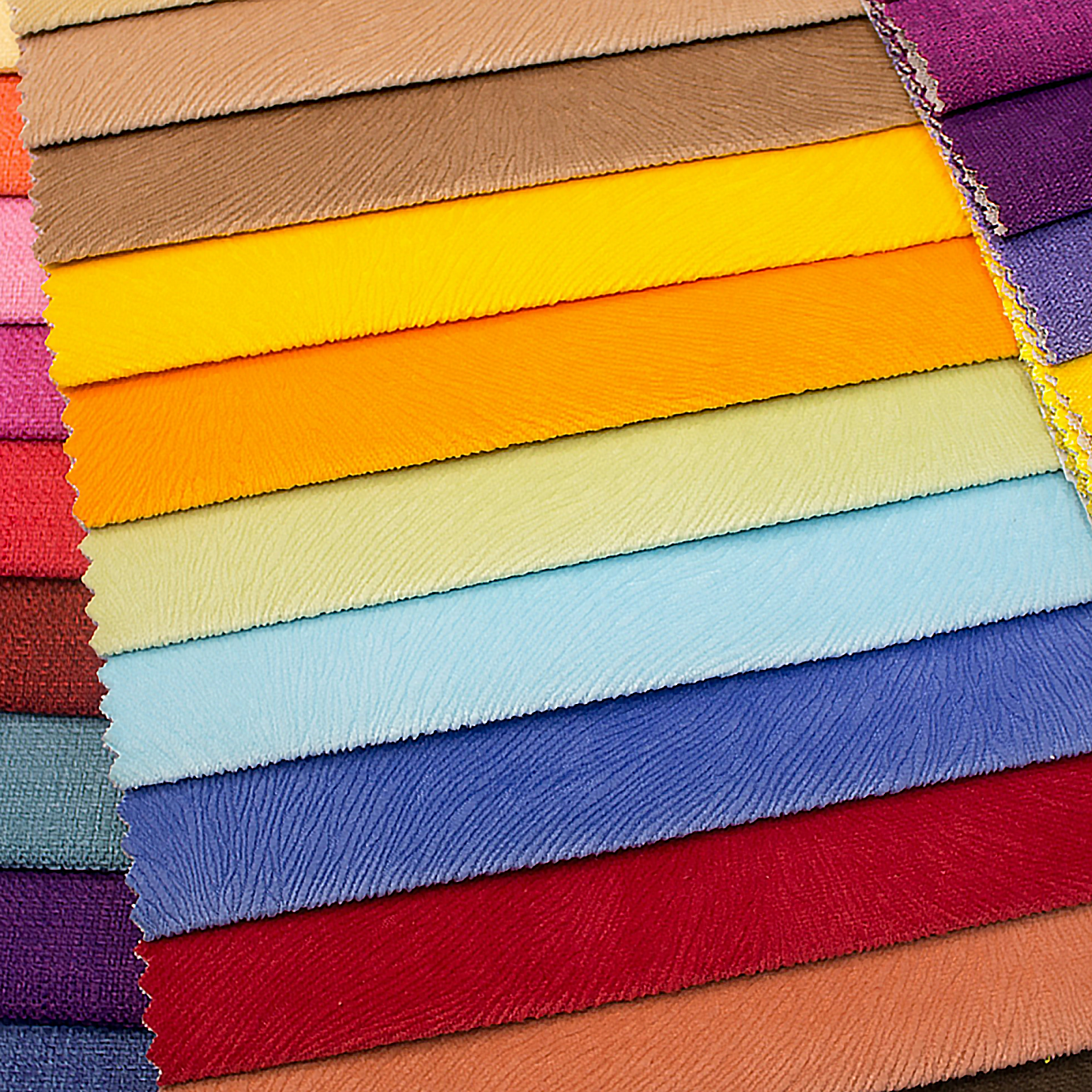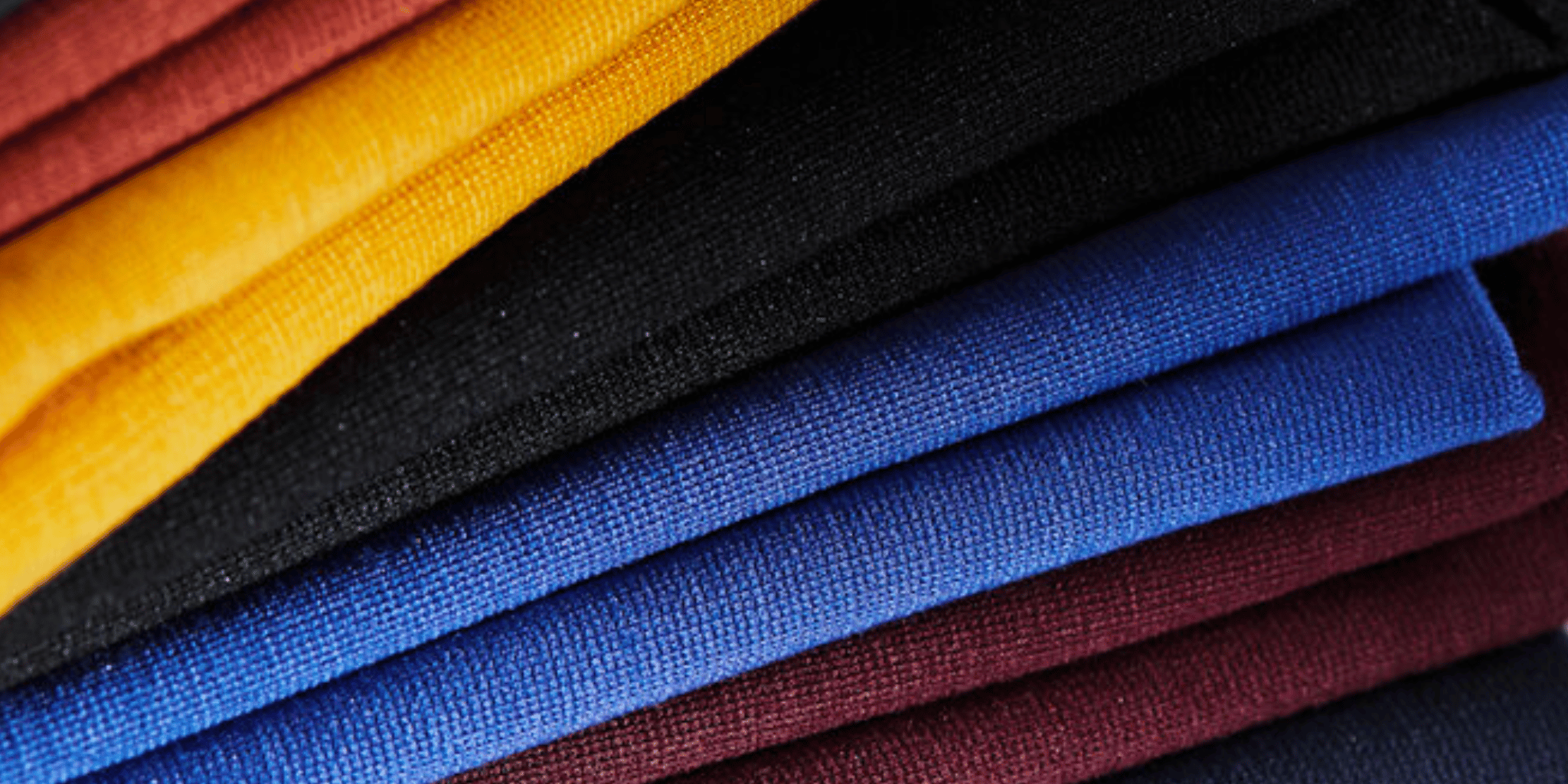
Sequined fabrics are a dreamy and glamorous but can also be challenging to work with. With a little prep and extra knowledge, you can avoid common frustrations and focus on making your beautiful, beaded garment.
Here’s our guide to selecting and working with sequin fabrics.
Recommended Equipment
- Fabric weights
- Non-fabric scissors or rotary cutter
- Drop cloth or newspaper
- Seam ripper for removing sequins from a seam allowance
- Protective glasses. Sequins, beads and broken needles can fly up during the sewing process. Safety first!
- Extra needles: sharp, new, heavy needles (at least size 70, size 80 or even 90 recommended) and a back-up or two
A Few Tips for Beginners
Follow directions! Be sure to follow equipment instructions and make sure you have all necessary materials before beginning your work. It can be tempting to rush the process, but sequins are challenging, so take your time.
Choose a simple pattern. For first timers using sequins, the easier the better. Simplify complex patterns where possible, like removing a zipper from a shirt, for example. Before tackling a large project, practice on smaller designs like pillows, ornaments, or clutch bags.
Skip the pre-wash. Sequined fabrics should not be pre-washed or preshrunk, and finished garments should never be machine-washed. Dry clean only for these superstars! But remember, you will still need to preshrink/prewash the fabric for your lining.
Ironing is a no-no. Most sewists agree that ironing sequins is off-limits, as it can very easily melt or burn your sequins. But if you must, iron only the wrong side of the garment on a very low setting, checking your piece often to make sure the sequins or material behind them haven’t melted. “Finger pressing,” aka creasing with your hands, not an iron, is our recommended method.

Prepping Your Seam Allowance
At the beginning of the project, you’ll need to remove the sequins at the edge of your fabric to create a seam allowance for your pattern.
The seam allowance is the small border around your pattern pieces that gives you room to create seams, usually 5/8” or 1/2”— depending on your pattern and fabric weight. For the seam allowance on sequined and beaded fabrics, the embellishments usually need to be removed to ensure you can sew through the fabric.
Some sewists skip this step if the sequins on their fabric are small. Even if you feel certain that your machine can sew through your sequins, always test it first!
If your sequins are a large or irregular shape, however, you will need to remove them from the seam allowance.
How to remove sequins for your seam allowance:
Step 1. Determine which is the “right” and “wrong” side of your garment. If your sequins are layered in a uniform pattern, they may have a nap. The nap is the direction of the sequins—the “wrong” side goes against the nap of the fabric. Some sequined materials, especially ones with irregular shapes, do not have a nap. If sequins are reversible (two colors), the color you prefer is the “right side” of the nap and the other is your “wrong side.” Typically, sewists want all sequins to face down, and should cut pattern pieces accordingly.
Step 2. Cut the fabric from the wrong side, in single layers. If you’re cutting a mirrored pair, we recommend flipping your fabric after cutting the first piece to make sure you don’t duplicate the same shape.
Tip from Zelouf: Use a mat to protect your workspace, and rotary cutters (or old scissors) to slice through the wrong side of your fabric. Fabric weights will help hold patterns in place.
Step 3. If you’re cutting a piece that requires you to cut it on the fold, cut one side, carefully flip the material over and keep the center front line intact.
Finishing The Edges
At the end of the project, determine whether you need to finish your edges.
If you’ve lined your fabric, you should be able to leave the sequined outer layer unfinished. If you do want to finish your edge, use a zigzag stitch or cover with bias tape.
If you’d like to be especially thorough, you can re-sew or glue sequins around your seam in areas that look sparse. Some sewists also recommend using scraps of sequined fabric to fill in bald patches after construction is complete.
Get the Look with Zelouf
Though they may be complex, the dazzle of a sequin garment is certainly worth the extra effort. Seen on runways, in street style, and in online trends like Mermaid-Core, sequins are definitely the shining stars of spring 2023 fashion.
Get glam with these sequin selections from Zelouf Fabrics.





